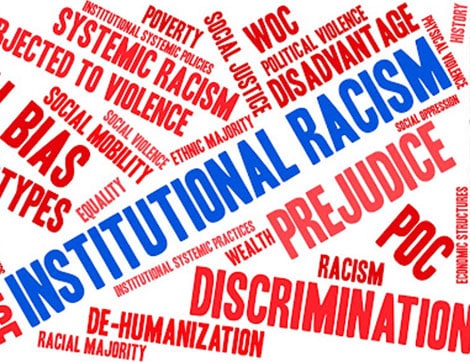Organisations that provide training and support to communities of colour can play a critical role in reducing trauma and structural racism. By ensuring that their staff are trained in trauma-informed care and culturally responsive practices, these organisations can help to create more equitable and supportive environments for all.
It’s no secret that the world of work is far from perfect. One of the biggest challenges faced by employees today is trauma and structural racism in the workplace.
Trauma can have a profound effect on an individual’s mental and physical health, as well as their ability to perform at work. It’s important for employers to be aware of the signs of trauma and to provide support to employees who may be struggling.
Structural racism is another significant issue in the workplace. This refers to the ways in which racial minorities are disadvantaged by the systems and structures in place within an organisation. It can manifest itself in many different ways, from hiring practices to promotion opportunities.
Organisations need to be proactive in addressing both trauma and structural racism within their workplace. This includes creating a supportive environment for employees, implementing policies and practices that promote diversity and inclusion, and providing training on these issues.
When working with communities of colour, it is important to be aware of the historical and current context of trauma and racism. This includes understanding the ways in which systemic racism has impacted individuals and communities, as well as the ongoing effects of trauma. With this knowledge, organisations can develop programs and services that are better equipped to meet the needs of those they serve.
Trauma-informed care is an approach to service delivery that takes into account the impact of trauma on individuals and communities. It is based on the understanding that trauma can have a lasting effect on mental and physical health, and that those who have experienced trauma need specialized care and support.
Culturally responsive practices are also critical when working with communities of color. These practices involve creating environments that are respectful of and responsive to the cultural needs of individuals and families. This includes everything from using culturally appropriate language to ensuring that staff are familiar with the community’s customs and traditions.
By providing staff with training in these areas, organisations can help to create more supportive and equitable environments for all. In turn, this can lead to better outcomes for those they serve.
By taking these steps, employers can create a more positive and productive workplace for all.
If you are an employer, it’s important to be aware of the signs of trauma and to provide support to employees who may be struggling.
Some signs that an employee may be experiencing trauma include:
- Disturbed sleep patterns
- Difficulty concentrating
- Irritability or outbursts of anger
- Avoidance of people or places associated with the traumatic event
- Thoughts of self-harm or suicide
If you are concerned about an employee, it’s important to have a conversation with them about what they’re going through. Let them know that you’re there for them and offer any support that you can. This might include signposting them to mental health services or Employee Assistance Programs.
Organisations also need to be proactive in addressing structural racism within the workplace. This includes creating a supportive environment for employees, implementing policies and practices that promote diversity and inclusion, and providing training on these issues.
By taking these steps, employers can create a more positive and productive workplace for all.











